You Say Tamari, I Say Tahini! (And Other Foods You May Not Yet Know)
Whilst the food we’re eating these days is going back to basics, with fresh, raw and natural being the order of the day, things are not necessarily all straightforward.
Have you ever read a recipe or a menu and stopped short at an ingredient you’ve never heard of; that pesky item that requires a search on the Internet just to see what it looks like?
Here is the low-down on 10 of these not instantly recognisable foodstuffs from around the world that may hit a menu or shopping list in your path at some point soon.
Table of Contents
How many do you know?
TAHINI (Because peanut butter is so last century)
What is it? It’s an oily paste made from ground sesame seeds, popular in Middle Eastern and Greek cookery.
Why it’s good: It’s a great source of calcium, magnesium, the amino acid methionine, and omega 3 and 6. It’s also a great source of protein and iron for vegetarians.
How it can be used: Perfect in dressings, dips and hummus or stirred into vegetables and grains to add flavour, texture and nutrients.
TAMARI (Because the gluten-free set need soy sauce too)
What is it? Tamari is a thicker, less salty form of soy sauce, made from fermented soybeans but with little or no wheat in the process. It’s a byproduct of miso paste production.
Why it’s good: High in antioxidants and aids digestion. Good for gluten-free diets, although not all tamari are 100% gluten-free, so labels need to be checked. It’s a great ingredient for giving a salty flavour to recipes.
How it can be used: Can be used in stir-fries, dressings and marinades; anywhere you would use soy sauce.
AGAR AGAR
What is it? A centuries old seaweed extract that has similar properties to gelatin but without any animal proteins.
Why it’s good: High in fibre and great for vegetarians or religious diets where animal and pig derivatives are forbidden.
How it can be used: Can be used to make jellies, as a substitute for gelatin.
CARDOONS (It’s the new artichoke on the block)
What are they? A thistle-like plant with Mediterranean origins, derivative of the artichoke family; the leaves and roots can be eaten as vegetables.
Why they are good: Low in calories, similar to celery and a great source of folic acid, antioxidants, fibre, vitamins and minerals.
How they can be used: Cardoons can be used with dips like celery, but their taste is bitter. Great in stews, risottos and tagines.
ENOKI (It’s not techno gnocchi)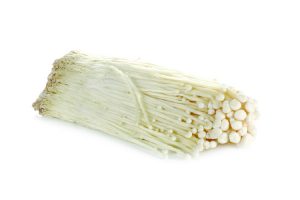
What is it? It’s a long thin white mushroom. They have a crunchy texture and an almost fruity taste.
Why they are good: High in antioxidants and are virtually fat and sugar-free. They are a low calorie source of protein and complex carbohydrates.
How they can be used: In soups and salads.
KAMUT (The cool kid of grains – it’s trademarked!)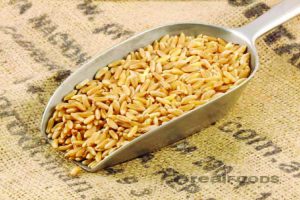
What is it? Kamut is actually a trademark for a species of wheat called Khorasan, named after a historical region of Iran. Its grain is larger than normal wheat and it has a nutty flavour.
Why it is good: High in protein and minerals.
How it can be used: Use as other grains such as Quinoa in salads, breads and breakfast dishes.
ARGAN OIL (Move over coconut?)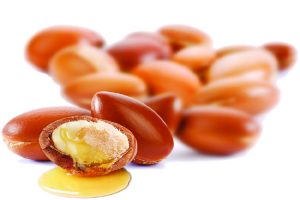
What is it? It’s oil extracted from the Argan tree native to Morocco.
Why is it good? Research has shown it to be beneficial against heart disease and cancers.
How it can be used: It’s often used as a dip for breads and in salads and couscous. It is also used in cosmetics for hair and skin and for medicinal purposes.
NIGELLA SEEDS (The next chia?)
What are they? These are the seeds of a flowering plant called Nigella Sativa or black cumin.
Why they are good: These seeds are known as the remedy for “everything but death”!
How they can be used: Good for curries and pickles, breads, pastries and salads.
KANIWA (Easier to pronounce than quinoa)
What is it? The grain of a plant called Chenopodium pallidicaule, similar in character to Quinoa and native to the Andes Mountains in South America.
Why it is good: It’s a great source of flavonoids, even more so than Quinoa. These may prevent cardiovascular disease and reduce the risk of certain inflammatory diseases.
How it can be used: Can be used in the same ways as Quinoa.
WAKAME (The super seaweed)
What is it? It’s edible seaweed from Japan.
Why it is good: Studies have shown that there is a compound in Wakame that can burn fatty tissue. It is also shown to have a very high nutrient to calorie ratio, particularly for a vegetarian food.
How it can be used: In soups and salads.
And there you have it. Everything you need to know to impress at parties.


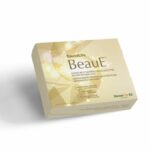



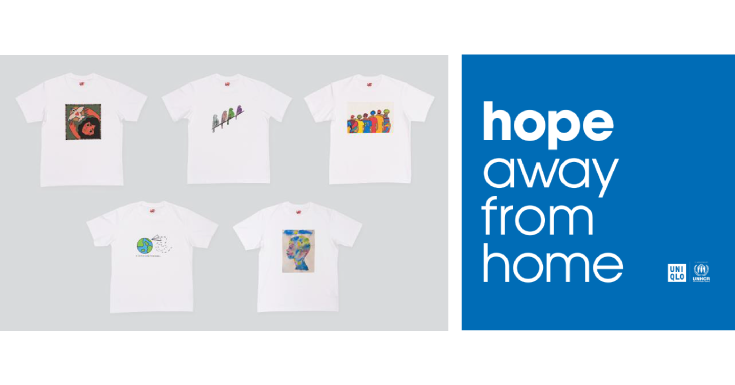



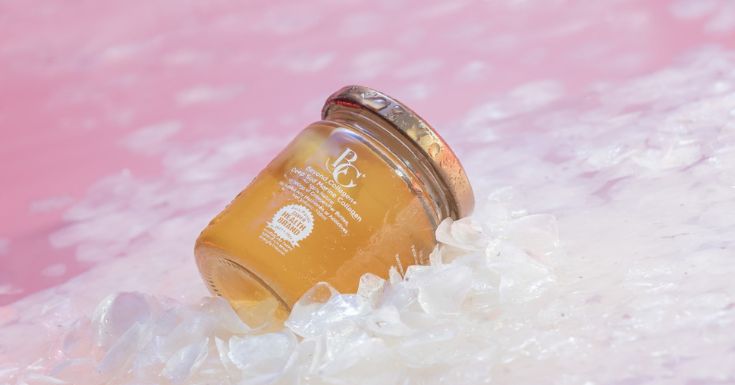










Leave a comment